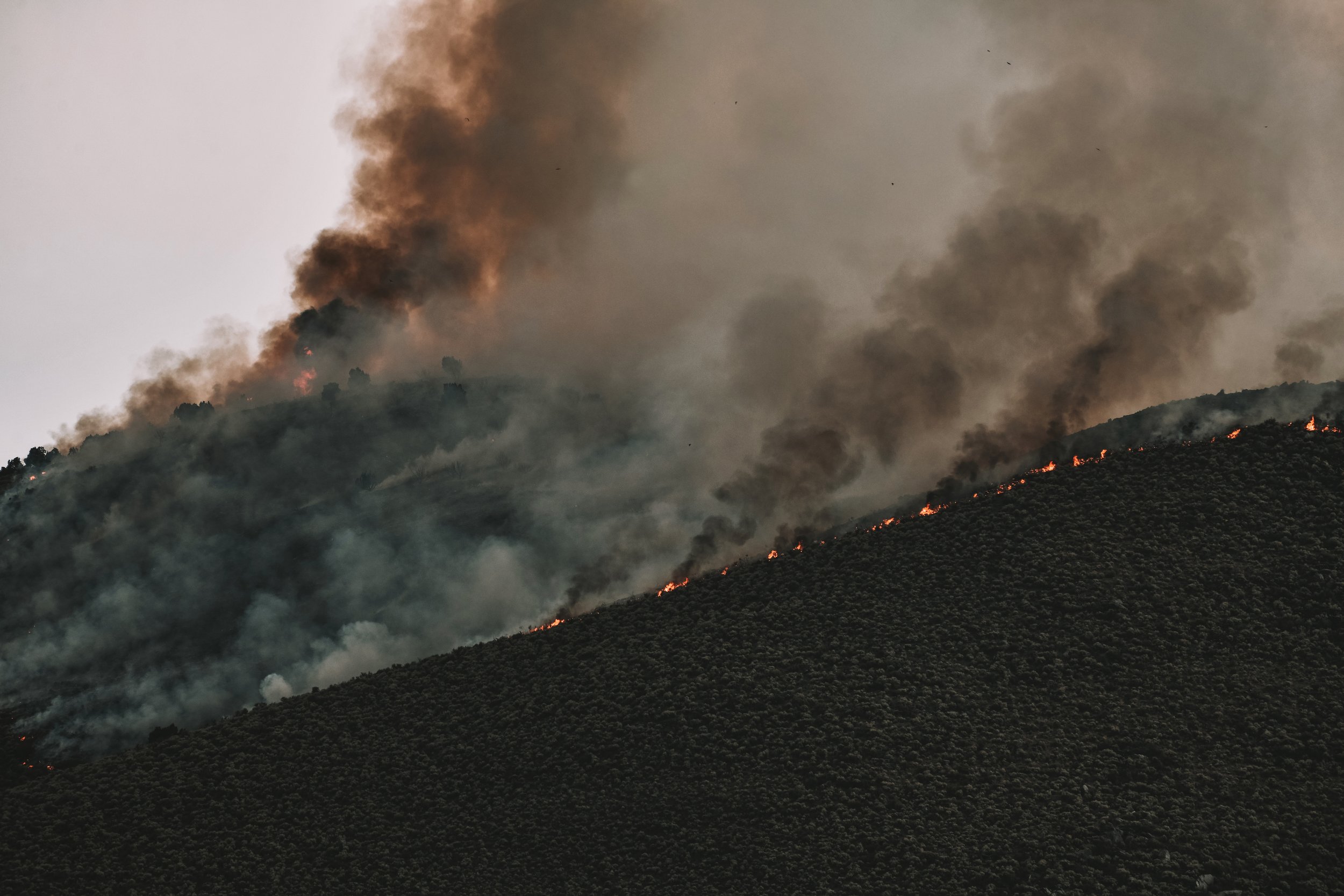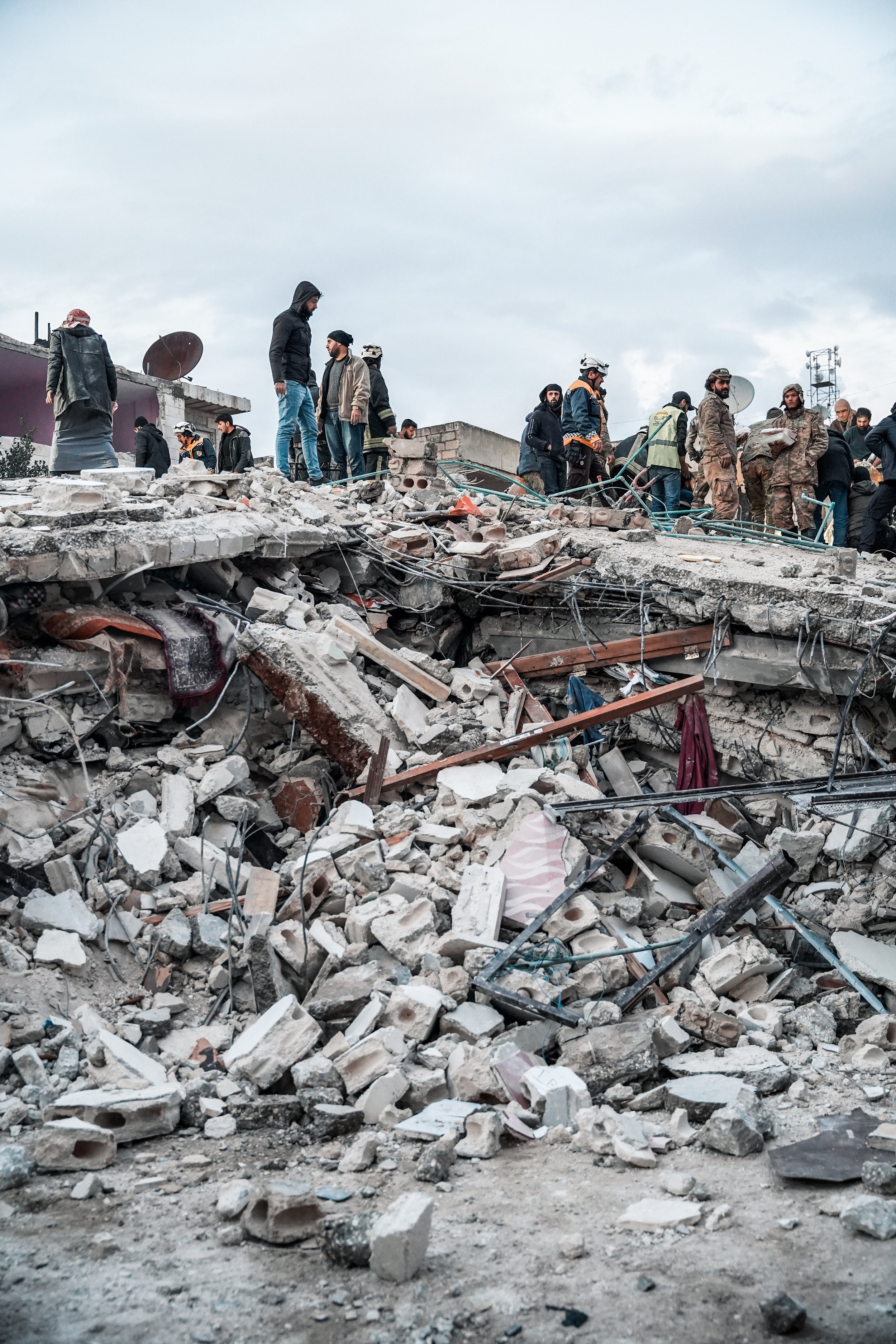Disaster Communication Network Systems
Communicating time critical voice alerts when other systems cannot.
Watch Video
Mobile phone blackspots put lives at risk in disaster prone areas
During a disaster, your mobile phone may be unable to make or receive calls, especially if you live in a poor coverage area.
But living in a mobile black spot is far worse and can have a devastating impact on communities trying to navigate an emergency situation.
Poor mobile phone coverage was highlighted as a risk for issues in New South Wales during the 2019-20 Black Summer bushfires.
Read more here: “NSW Bushfires Coronial Inquiry hears details about delayed emergency alerts and limited phone reception”

In the event of disasters, Catastrophic Damage to mobile phone and power infrastructure is common, particularly in rural and remote areas
Warning systems that rely on mobile phone networks are often inoperable when needed most. The time period until base station infrastructure is restored cripples the effectiveness of warning systems during a disaster. It is both impractical and expensive to protect base station infrastructure against all possible disasters.
Only a solution that delivers reliable connectivity during Disasters in urban, rural and remote communities can mitigate the risk of Mobile Base Station damage.
During the 2020 Australian fire disasters, "At one point 150 mobile base stations across New South Wales, Victoria, and South Australia were off the air, and over 20,000 NBN services were disrupted. While the telco industry acted quickly to restore services, these outages had a significant impact.” - Hon Paul Fletcher MP, Minister for Communications (2019-2022)
Capacity limitations of mobile phone networks are deeply rooted in the underlying technology
Mobile phone networks are designed for point-to-point communication, the broadcast requirements of an emergency messaging system are in conflict with that design.
The greater the demands for mobile phone networks to deliver time critical alerts and messages, the greater the likelihood that they will fail.
"Telecommunications networks can become overloaded during an emergency. In an emergency, most of us rush to contact friends and family or seek out information. This creates large volumes of calls, messages and internet usage, which can overload the network and stop critical calls from getting through. The extra load on the network can also exhaust backup power supplies. Emergency services may not be able to contact you if telecommunications are unavailable, so don’t wait for them before taking action to keep yourself safe."
Unlock the Power of Broadcast Communication

“
Today, one third of the world’s people, mainly in least developed countries and small island developing states, are still not covered by early warning systems... This is unacceptable, particularly with climate impacts sure to get even worse. …. Early warnings and action save lives. …… To that end, today I announce the United Nations will spearhead new action to ensure every person on Earth is protected by early warning systems within five years.
- UN Secretary-General António Guterres on World Meteorological Day 23 March 2022
”
Mobile phones are prone to message clutter, overload and are susceptible to battery issues, being set to silent, uninstalled or switched off
Open communication platforms such as mobile phone networks have significant limitations when used as emergency alerting devices.
There is potential for messages and alerts to be missed or overlooked on mobile phones. Certainty of delivery, clarity of messaging and usability of information are all degraded.
Scams and fraud are leading to more people ignoring phone calls and texts. And it’s no wonder - in 2022 in Australia alone, a staggering 15 million people are believed to have received a scam text or phone call.

Generic messages and alerts do not provide sufficient detail for individuals and communities to make informed decisions about their safety when threatened by natural disasters and emergencies
Personalized safety alerts for effective disaster response and management require geo-location targetted messaging dissemination.
Without location-specific information, situational awareness during emergencies is ineffective and compromised. This can lead to poor or delayed decision making and greater potential loss of life/property.
Geospatial capability is foundational to all modern emergency management systems and particularly with respect to the communication of warnings and messages to individuals and communities. Geospatial technology is increasingly being recognized as a critical component of disaster risk reduction strategies. The United Nations Office for Disaster Risk Reduction (UNDRR), for example, emphasizes the importance of geospatial data and analysis for identifying and understanding disaster risks, as well as for informing effective decision-making during and after disasters.
The increasing occurrence of natural disasters is accelerating global pressure for effective Multi-Hazard Emergency Warning Systems
There is a clear trend of increasing frequency and severity of natural disasters around the world. In 2020. According to the United Nations Office for Disaster Risk Reduction (UNDRR), the number of natural disasters has more than tripled since the 1970s, with an average of 335 events per year between 2000 and 2019.
We must invest in physical infrastructure, especially in the information technology sector, to ensure better online reporting and loss accounting at all administrative levels while building capacities in cartography and geospatial data. Data innovations, including integration of geospatial information, as well as citizen-generated data, must be mainstreamed. Aligned regional targets and indicators (or at least with other countries with similar geopolitical and hazard profiles) should be established so that spatial comparisons can be made.




